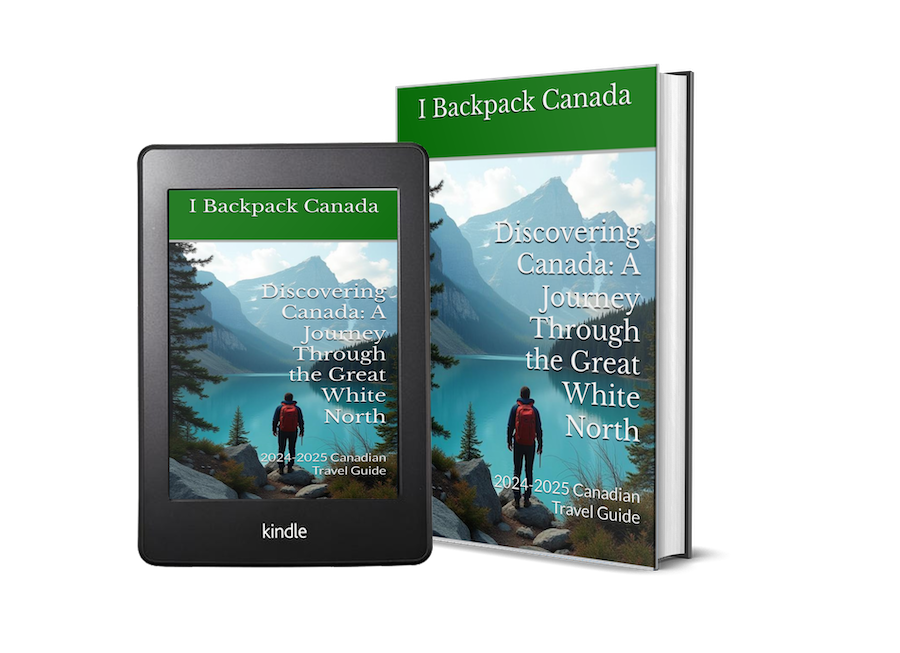Discovering Metis History in Winnipeg
Posted on May 23, 2017 • 8 minutes • 1516 words
Table of contents
I’ve had a long standing interest in the Metis people of Canada. While I have Metis roots, and have long known that, I admittedly grew up without ever really celebrating that part of my heritage. I’ve had long conversations about this with friends to the exact reasons. Was it because of some underlying fear of racism in Canada? Was it because I was ashamed? Or was it purely because I always identified more with my paternal Scottish roots, due to my last name being Fraser? While I think it is likely the latter of the three, it’s food for thought for other people in my situation. Amongst my siblings we’ve known for decades that we had first nations roots and Metis roots, but it wasn’t until we all grew into adulthood that we started asking questions. I recently visited the big prairie city of Winnipeg, Manitoba to explore the history of the Metis and get a better understanding of what some of my ancestors may endured. 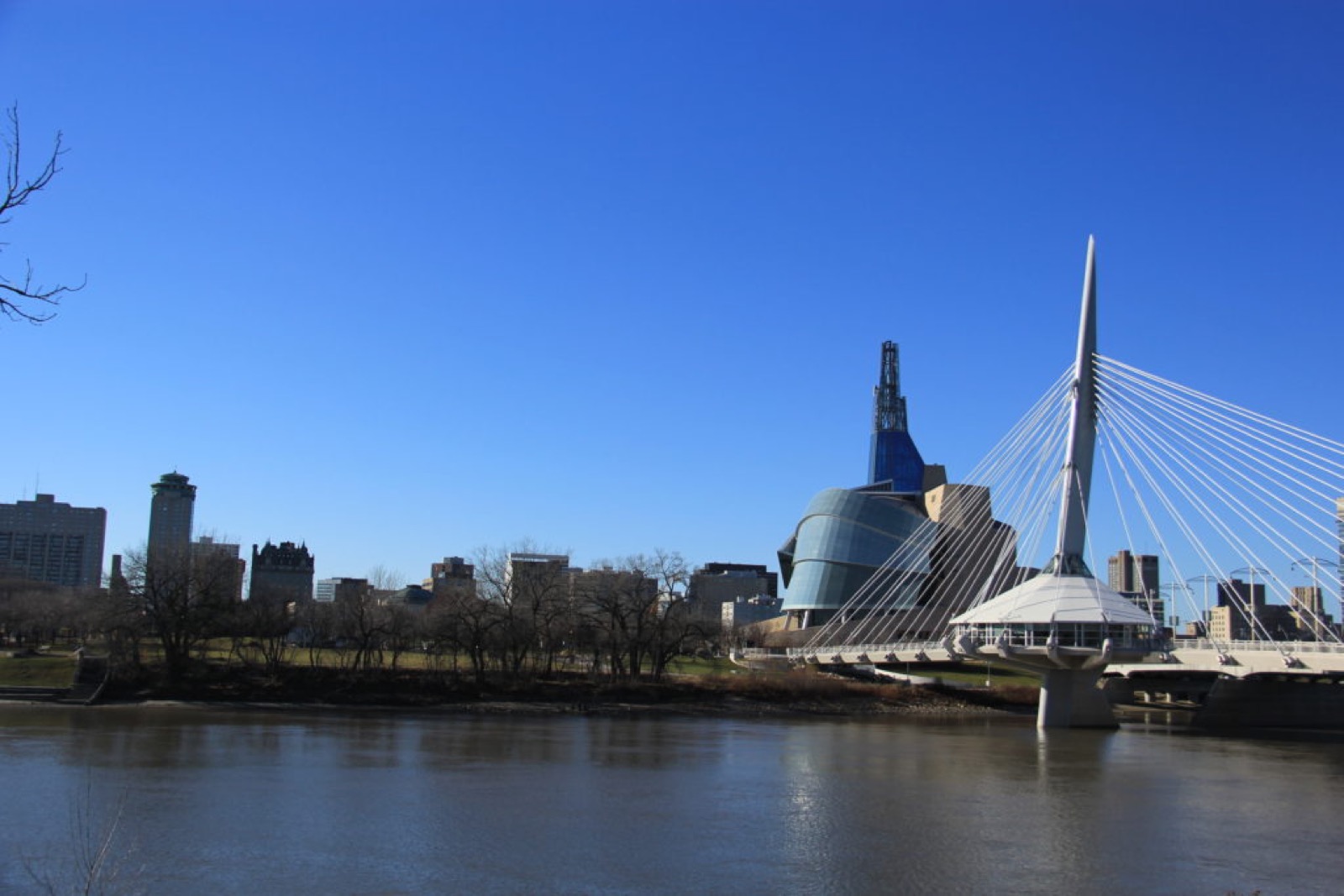
Winnipeg Manitoba
Growing up primarily in Regina (though shoutouts are required to Saskatoon and High River), Winnipeg always seemed like the big brother to the east. It wasn’t quite a Toronto, or a Calgary. But had a bit more big city attractions, and a larger population. During my visit to Winnipeg my primary purpose was to check out some Metis history, but when in Winnipeg, you might as well sample some of their amazing food. Go enjoy some huge Mexican meals at Carlos & Murphys, and don’t forget to explore the Forks, and check out the Museum of Human Rights. [caption id=“attachment_9159” align=“aligncenter” width=“1000”]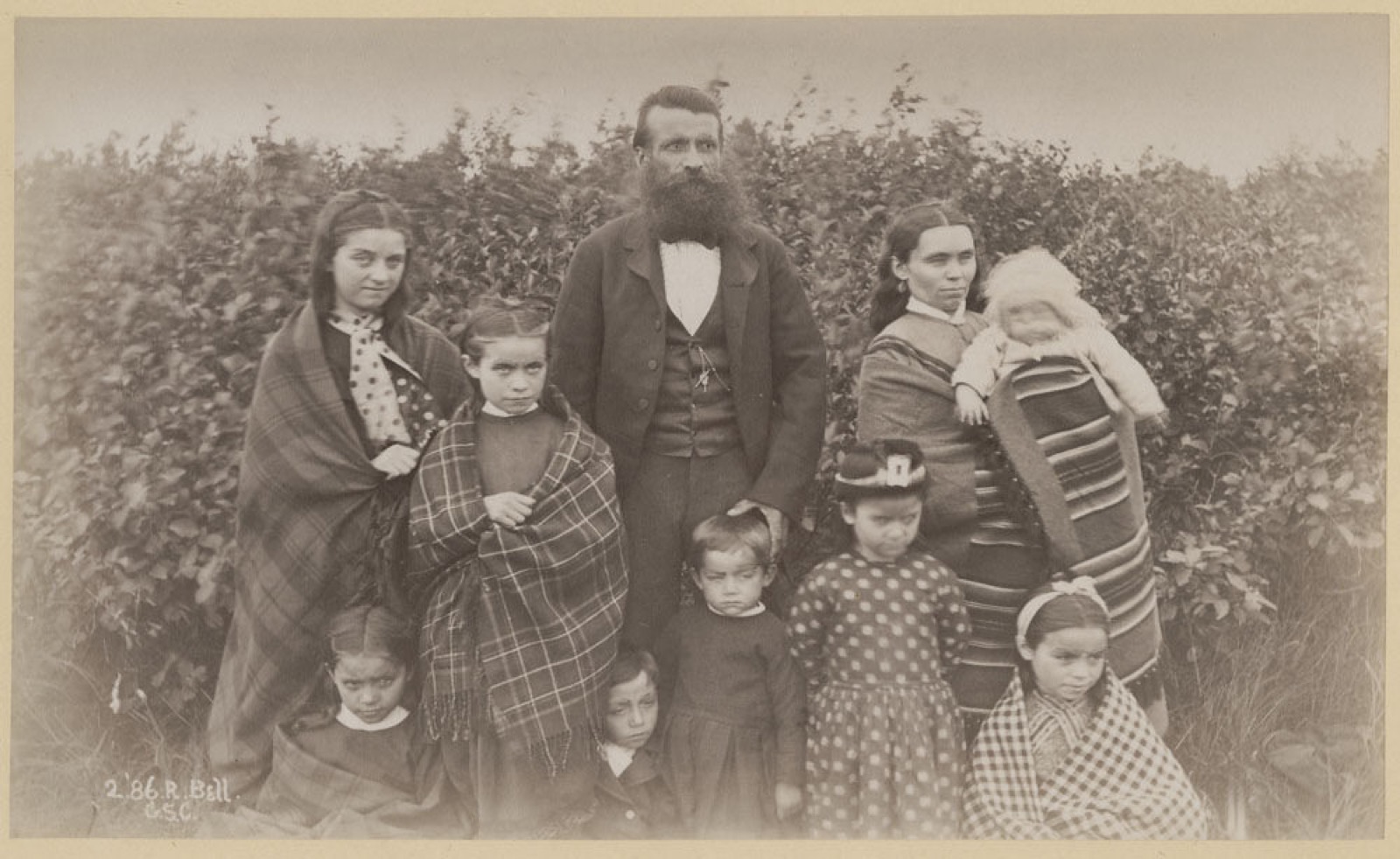 Photo by Robert Bell - Canada Archive[/caption]
Photo by Robert Bell - Canada Archive[/caption]
Who are the Metis people?
Historically speaking, the Metis are people of mixed European and First Nations ancestry. Depending on who you speak to, some will say it’s strictly First Nations and French, but many include Scottish, Irish, and English. What I’ve come to learn exploring Winnipeg, is that there is no Metis gene. Just as there is no Canadian gene. The best way to think of the Metis is that they were, and some would argue, still are, an ostracized part of Canadian history. Rejected from first nations tribes due to their half-breed nature, and rejected from the settlers due to their off-white skin tone and unique culture that more closely resembles that of first nations. Most Metis scholars feel that this culture is what makes the Metis people a unique group. Their mixed French and First Nations Culture, unique language mixing French and Cree, and their common practices all tie them together. The Metis people played a massive part in the history of the settlement of Western Canada, and the making of Manitoba and Saskatchewan. While there is still an ongoing debate as to who exactly is Metis or metis (yes, there is an actual arguement over differences in the use of a capital letter), it’s nonetheless an interesting part of history that’s often glazed over in schools and Canada, and rarely ever taught outside of Canada. [gallery link=“file” size=“medium” ids=“9155,9156,9154”]
The Metis Cliffnotes
Bare with as I’m the furthest thing from a historian. And there’s countless books where you can get much more details accounts of the history. But to sum of the Metis history in a nutshell, it goes as follows.
- Europeans sail to North America. Not a lot of women sailing with them. Through charm, or force, they get it on with First Nations women.
- The First Nations women give birth to “half-breeds” as the settlers like to call them. Some tribes accept them, some don’t. Some of the fathers want the kids, most don’t.
- Society, and their clear difference to the majority kind of pushes them away, as more Metis are conceived every year.
- Due to their (often) First Nations Mother’s upbringing, the Metis boys and girls were raised with more of a first nations culture. Hunting, fishing, trapping, canoeing, and exploring became just a regular day for most.
- As they’re pushed further and further from society, their own culture begins to develop. They make a name for themselves hunting bison, mass producing pemmican. Pemmican is a dried meat (usually bison or caribou or venison), pounded into a coarse powder, mixed with melted fat, and berries. This is then cooled and packaged into bison-hide bags. High in protein and high energy, this stuff was the original energy bar, and traveled all over Canada with the voyageurs and became its own commodity.
- Metis people also became infamous for their navigation skills, and ability to cross the roughest terrain in Canada by canoe. Oftentimes they were hired by settlers to “discover” new parts of Canada and help translate from French or English to some of the first nations languages.
- Metis communities begin to form throughout western Canada, most prominently in the Great Lakes, and along the Red River, north of Winnipeg.
- Things got heated between the Metis and some of the big dogs at The Northwest Company (NWC), a large fur trading company from big city Montreal. As the colony leader began to regulate and prevent the Metis people’s ability to sell Pemmican to anyone but the Hudson Bay Company (HBC). This lead to growing tensions and eventual battles.
- More battles and subjugation eventually lead to a growing disdain from the Metis people to the Europeans. They were a small community getting pushed around, and life became hard as a result of greed, governance, and regulations.
- To top it all off, government surveyors stepped in and started plotting land without any consideration for the Metis communities already established. Effectively forcing people out of their homes, because government. This lead to the Red River Rebellion, which didn’t play out in the Metis people’s favour.
- By this point people were leaving further west to Saskatchewan to establish metis communities. Enter Louis Riel, he’s not having it. He’s seen his home, his family, and his community uprooted by politics, greed, and lack of common sense. An educated fellow who can gab with the best of them, argues for more consideration for the Metis people.
- Louis helps form the Provisional Government of the Metis Nation to help prevent what happened in Red River from happening again. They decide to organize and argue with numbers to persuade the government and private companies who own much of the land into letting the Metis stick around.
- Things don’t really go well, and the Canadian Government sent a small force near the Red River to enlist support from Scottish people residing in the area. Their sighting freaked the Metis out who quickly surrounded them and imprisoned these recruiters.
- Somehow or another they decided this one guy Thomas Scott, was a bad enough dude to deserve death by firing squad. This served to rally the folks in Ontario to label Riel a maniac, and one who deserved to die.
- While Riel struggles with the politics of managing a provisional government and dealing with the rest of Canada, the folks out east think they have a trouble maker on their hands.
- Riel eventually ends up in Saskatchewan, near Batoche, after a brief exile from Canada. After more land disputes, troops are sent in, which leads to the Battle of Batoche. While the Metis fought their hardest, they were ultimately defeated.
- Louis Riel was captured, tried, and hung.
I’m sure I’m missing some critically important points. But if the big bloated CBC can produce a movie on Louis Riel and have most of Canada agree it wasn’t accurate, then what chance do I have? Ultimately it’s an interesting part of Canadian history. 
Louis Riel’s Tombstone
Louis Riel’s body is buried in St Boniface, the french part of Winnipeg. His grave overlooks the river and is prominently featured at St. Boniface Cathedral. Watch for tours from the Cathedral where they discuss Louis Riel, the history of the Cathedral, and other people buried in this cemetery. 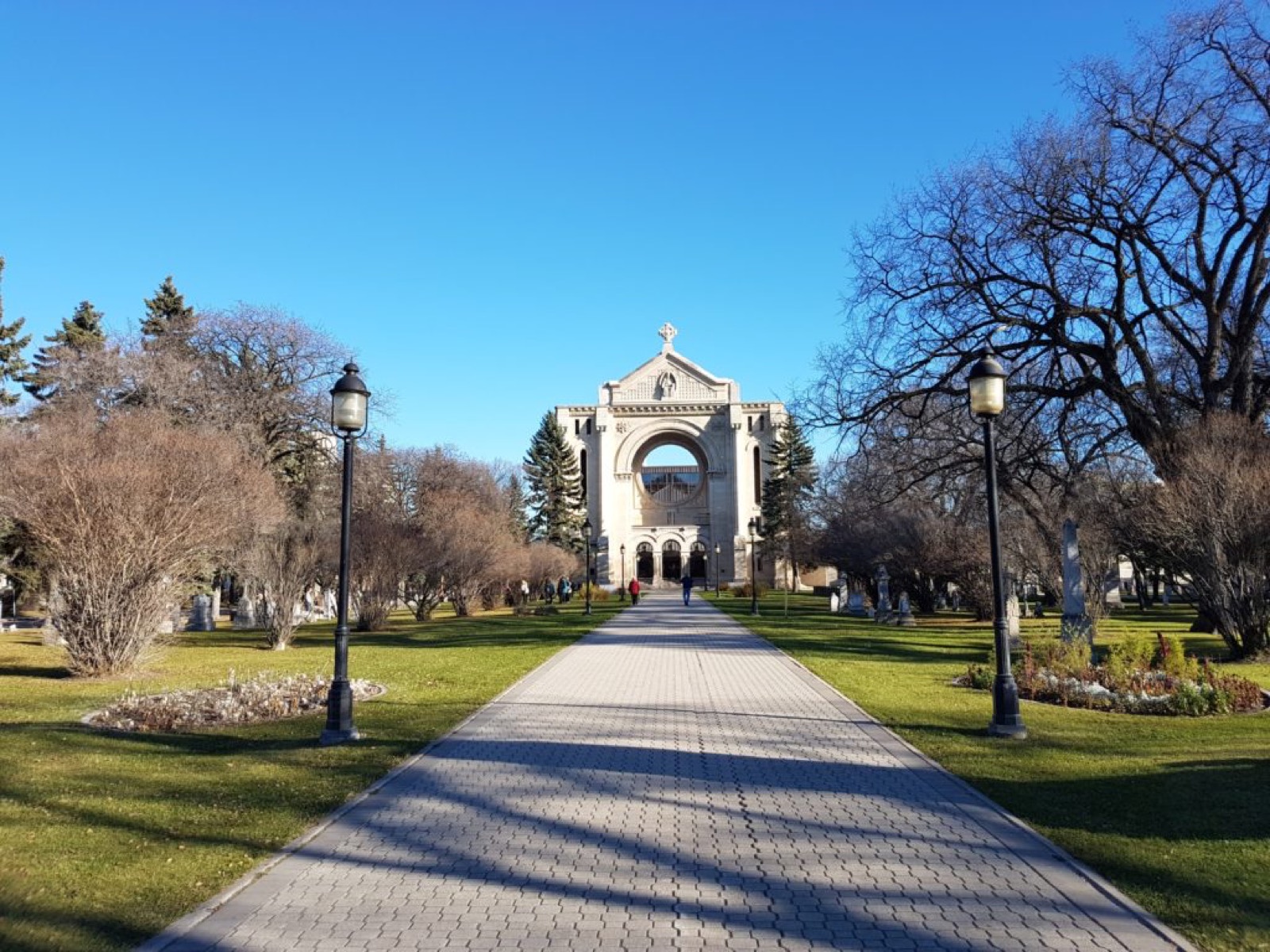
St Boniface Cathedral
If you have time make sure you explore St Boniface Cathedral. It’s a beautiful building, and is worth the walk through and around the grounds. 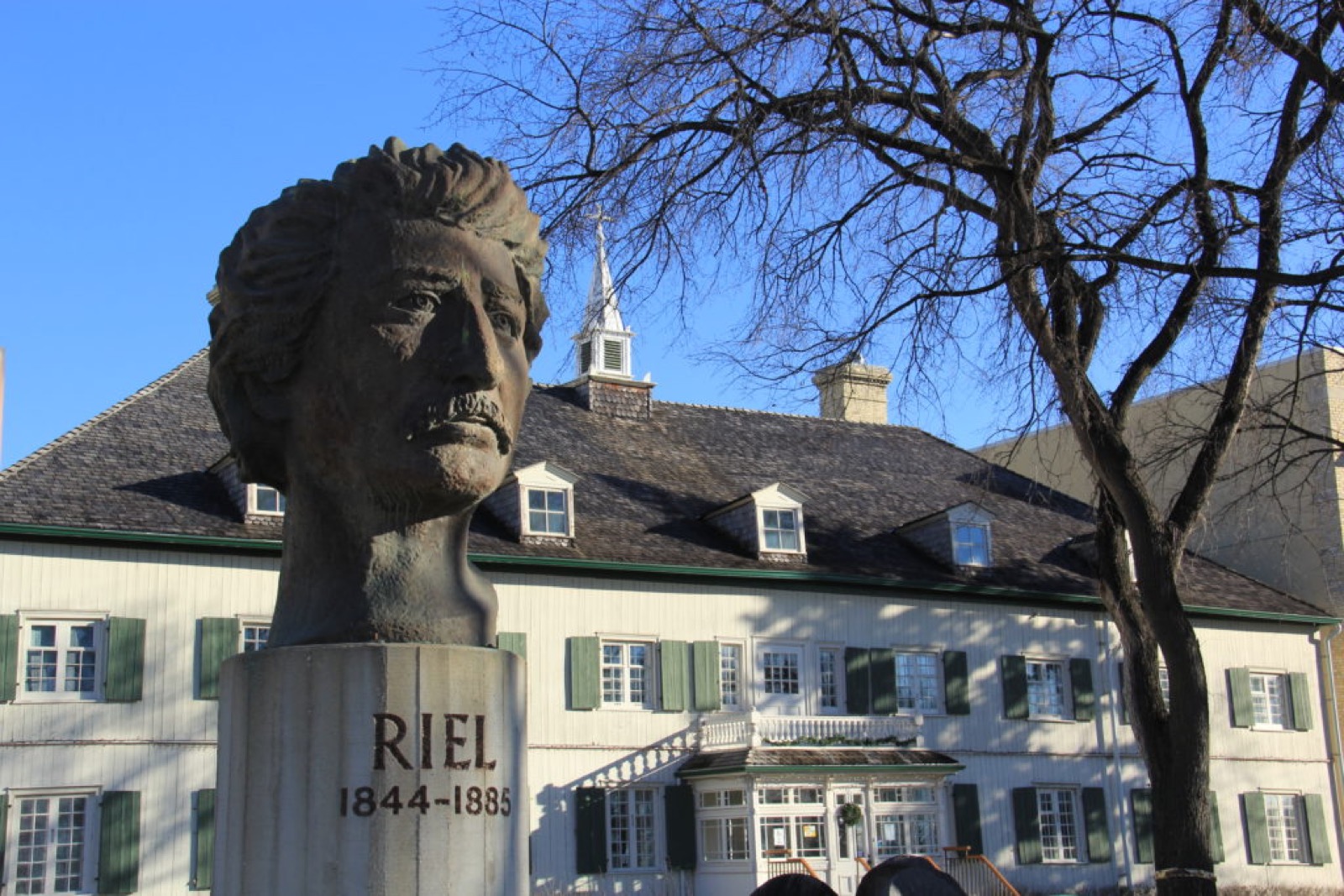
Le Musée de Saint-Boniface Museum et la Fédération Métisse du Manitoba
Make sure you visit the museum beside the St Boniface Cathedral. The historical artifacts, as well as complete summary of the history of the Metis people is far better than any summary I can provide. You’ll leave with a great appreciation for the Metis culture, as well as a much better understanding of the history of Louis Riel. They highlight the complicated life he lead as well as showcase the coffin he was carried in. It’s a surreal experience if you have any interest in the Metis people. Doubly so if you have Metis roots. [caption id=“attachment_9152” align=“aligncenter” width=“870”] Photo courtesy of Parks Canada[/caption]
Photo courtesy of Parks Canada[/caption]
Visit the Riel House
For those interested in Louis Riel, drive out to the Riel House, where you can explore the restored home of the Riel family and see what live was like back in the 1800’s. It’s worth a quick visit, but I’d recommend the St Boniface Museum over this one if your time is short. [mappress mapid=“136”]



